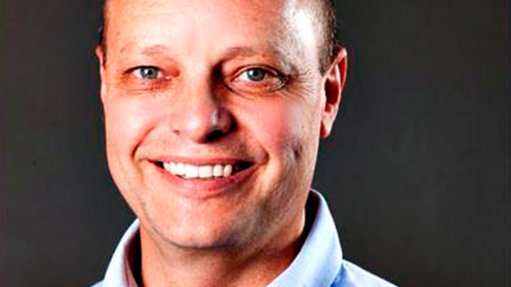
GAST Laboratories a division of Absorbatox Pharmaceuticals, a South African entity has made a breakthrough that could mean a revolutionary shift for the medical industry as it currently stands.
GAST Laboratories has spent the last eight years refining its research and development of a modified natural mineral, which was first discovered in Africa. The specific properties of this mineral allows it to be administered safely orally or topically, it is thus non-systemic. Its specific characteristics made it possible for scientists to change the mineral architecture to allow cavities of specific sizes and electrical charges at molecular level. This means the mineral can be programmed to do specific actions depending on where it is applied, which is similar to current research being done with Bio-Nano technology, however without the fuss and costs of robotics. These actions range from mopping up heavy metals and other undesirables to scavenging for free radicals and pro-inflammatory cell debris all via the gastro-intestinal- tract.
GAST Laboratories' Dr Jacques Snyman illustrated this by saying “Imagine you have toxins or other adverse cells within your body, with this discovery we can 'programme' the natural mineral to go and fetch these toxins, and replace it with calcium or magnesium for instance. It acts like a super programmable mop being able to do what it is told/designed to do.”
The technology which is in its final stages of development has already shown significant promising results with numerous current clinical trials underway from stage one to stage four. Gast Laboratories have already filed their first international patents, one of which is the treatment of veisalgia - more commonly known locally as “babelaas”. Making it the first product in the world with scientific backing and clinical trials to achieve this objective. The major problem with exposing the gastrointestinal tract to alcohol is the local or cytotoxic effects on the cells of the gut lining which results in the release of free radical, as well as in some people the release of mediators which may result in headaches, nausea and other typical symptoms of veisalgia.
This “mop” can reduce the absorption of these mediators and by so doing reduce their effects systemically. Some of the published and ongoing clinical and preclinical research studies demonstrate this mopping effect in diseases such as irritable bowel syndrome (IBS) which is considered the Western world’s fastest growing disease, E coli induced diarrhoea, heart burn and medicine induced gastric erosions, all which resulted in clinically significant outcomes.
On irritated and sun damaged skin, these anti-oxidant and free-radical scavenging effects were obvious and studies demonstrate a significant reduction in redness and irritation. These effects are all ascribable to designing a mineral which has the right affinity for the released substances in a particular application area i.e. on the skin or in the gut.
Dr Snyman said that obviously this technology has some distance to go before substantial commercial results can be seen.
“This natural technology has to date shown zero side effects, as it is an ingested item which is excreted again. It has significant potential to revolutionise our understanding of the gastro-intestinal physiology and how it contributes to health and disease. Imagine using this technology, programming it to fetch or mop up toxins produced by cells i.e. cancer, or a common stomach bug, only to be replaced by something good like calcium or magnesium - the possibilities are endless.”
Absorbatox Pharmaceuticals a relatively small entity in the global market has seen its value grow extensively with this discovery. Its Group Chairman, Dr Kevin Gast concluded “We are beyond excited by this new discovery; our team at GAST Laboratories have spent many hours and in-depth research to get to this point. Obviously having invested heavily into this technology’s development, we are eager to see its commercial value and most importantly the benefits it can bring to modern science and the ailment and treatment of patients.”